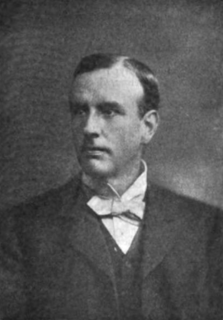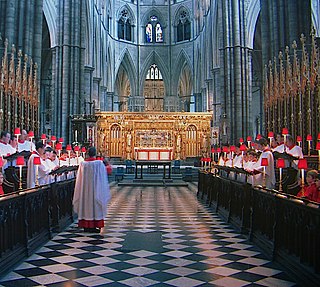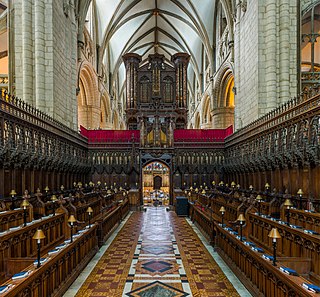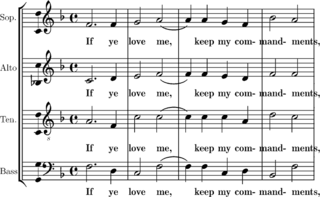Career and influence

Parsons was composing during a period of major religious upheaval in England. After the death of Henry VIII in 1547, the new king, Edward VI, advanced the Reformation in England, introducing major changes to the liturgy of the Church of England. In 1549, Thomas Cranmer's new Book of Common Prayer swept away the old Latin language liturgy and replaced it with prayers in English. [3] This brand new liturgy suddenly demanded that new music be written in English for the church, and musicians of the Chapel Royal such as Thomas Tallis, John Sheppard, and Parsons were called upon to demonstrate that the new Protestantism was no less splendid than the old Catholic religion. [4]
During the reign of Mary Tudor (1553–1558), a revival of Catholic practice encouraged a return to Latin music, but after Elizabeth I ascended to the throne of England in 1558, vernacular English liturgy and music came back into favour. [5]
Parsons was appointed Gentleman of the Chapel Royal on 17 October 1563. His work consisted of a number of sacred and secular vocal compositions. His earliest known composition is his First Service, a setting of text from the 1549 Prayer Book of King Edward VI and his largest surviving work. Its existence suggests that Parsons was actively composing from at least the early 1550s. This work contained settings of the canticles for the new services of Morning (Venite, Te Deum, Benedictus) and Evening Prayer (Magnificat and Nunc Dimittis), as well as a setting of the Credo and short Responses to the Ten Commandments for the Holy Communion service. [6]

Parsons is especially noted for his choral motets, and he is recognised as a master of polyphonic writing for choirs with the skilled use of cantus firmus within his works. [7] Notable works include his setting of Ave Maria , the anthem Deliver me from mine enemies, [8] and some instrumental pieces. Eight of these works were included in the music manuscript known as the Dow Partbooks, and several of his vocal works also feature in the Drexel and Peterhouse partbooks. Parsons was the first English composer to write a setting of the Office for the Dead, and he was possibly influenced by the work of Alfonso Ferrabosco, an Italian composer who was active in England at the time.
Parsons worked with other composers of his day and it is thought that he collaborated with Richard Farrant on dramatic productions during the early 1560s. [7] Similarities have been demonstrated between John Sheppard's 1558 Second Service and Parsons's First Service, suggesting that Parsons was greatly influenced by Sheppard's compositional style. [5] Parsons is also closely connected with the composer William Byrd. Parsons's influences can be traced in Byrd's instrumental works and choral motets. [9] The two musicians lived and worked in the county of Lincolnshire; in 1567, Parsons was granted a Crown lease on a rectory at Stainton in Lincolnshire, 4 miles (6.4 km) from Hainton, where Byrd resided, [6] and it is thought that Parsons may have taught Byrd at Lincoln Cathedral.















